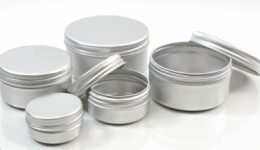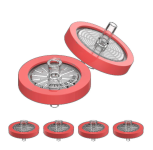With the final test results from Kykeon Analytics in hand I made a calculation:
If we assume Delta-8 is half as strong as Delta-9 then:
Some other nice things from the test-results paper:
Kind regards,
The Traveler
If we assume Delta-8 is half as strong as Delta-9 then:
- Delta-8: 56%, divided by two will be 28%
- Delta-9: 34%
- Total "Delta-9 strength": 62%
Some other nice things from the test-results paper:
- Delta-8: 56%
- Delta-9: 34%
- 2 other isomers (minor)
- CBD: Not Detected

Kind regards,
The Traveler




